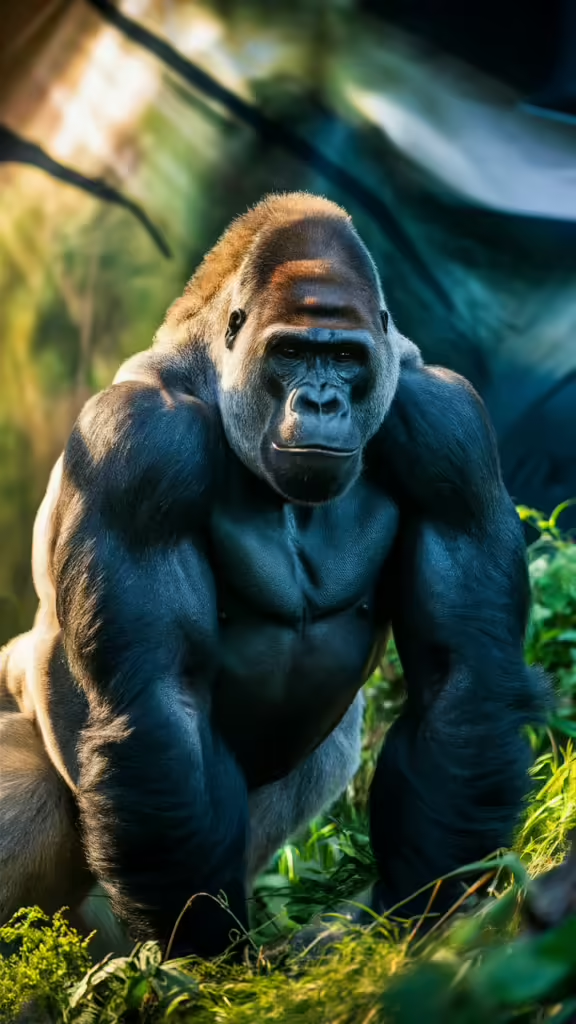
Capturing the majesty of gorillas through photography requires patience and a keen eye for detail. Their expressive faces and powerful physiques make for stunning subjects in any photograph.
Using natural light can enhance the rich textures of a gorilla’s fur and the depth of their eyes. Early morning or late afternoon light is particularly flattering for gorilla photography.

Using a long lens allows photographers to maintain a respectful distance while still capturing detailed images of gorillas. This approach minimizes disturbance and ensures the animals remain relaxed and natural.
Black and white photography can add a timeless quality to gorilla images, emphasizing contrast and texture. This technique can bring out the raw emotion and power inherent in these magnificent creatures.
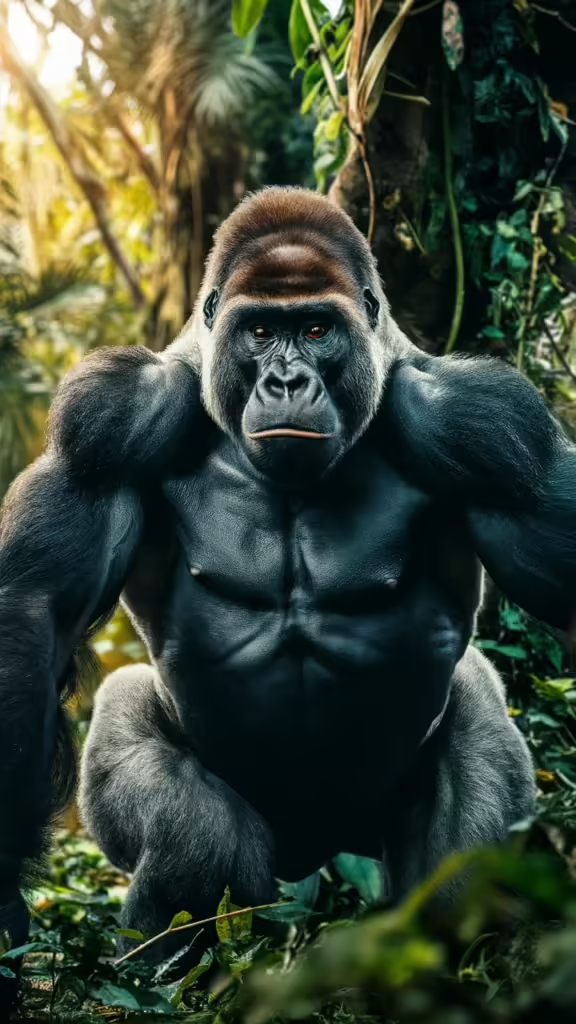
Candid shots of gorillas interacting with each other or their environment can tell a compelling story. These moments of play, grooming, or foraging showcase their social behaviors and intelligence.
Paying attention to the background is crucial in gorilla photography, as cluttered or distracting elements can detract from the subject. A clean, unobtrusive background helps to keep the focus on the gorilla.

Experimenting with different angles can add a unique perspective to your gorilla photographs. Shooting from a lower angle can make the gorilla appear more imposing and majestic.
Patience is key when photographing gorillas, as it may take time for them to feel comfortable and display natural behaviors. Observing quietly and respecting their space will yield the most authentic and captivating images.
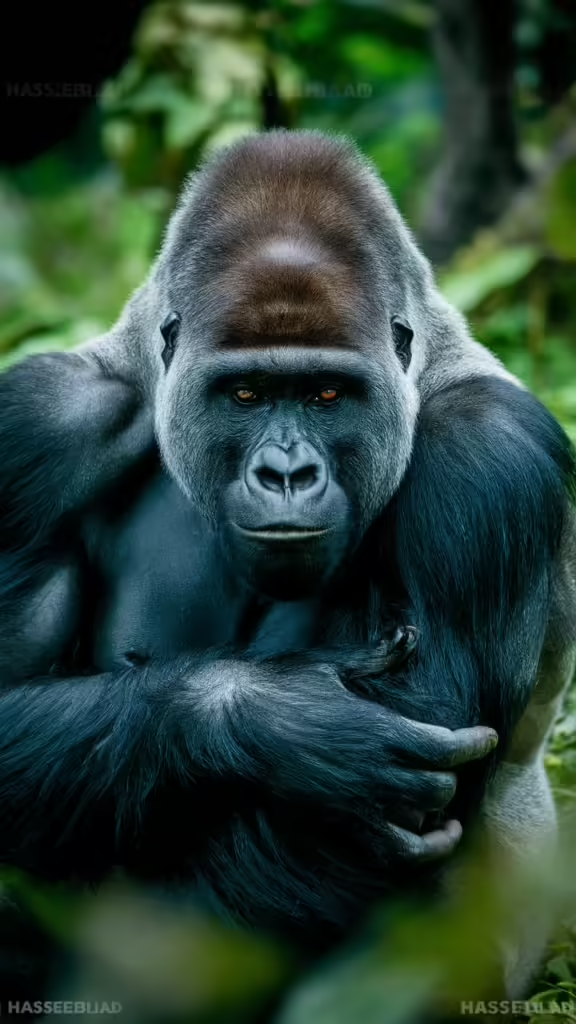
Using a tripod can help stabilize your camera for clearer, sharper images, especially in low-light conditions. This allows you to capture the subtle nuances of gorilla movements without blur.
Consider using burst mode to capture a series of images in quick succession. This technique can be particularly useful for photographing fast movements or fleeting expressions.
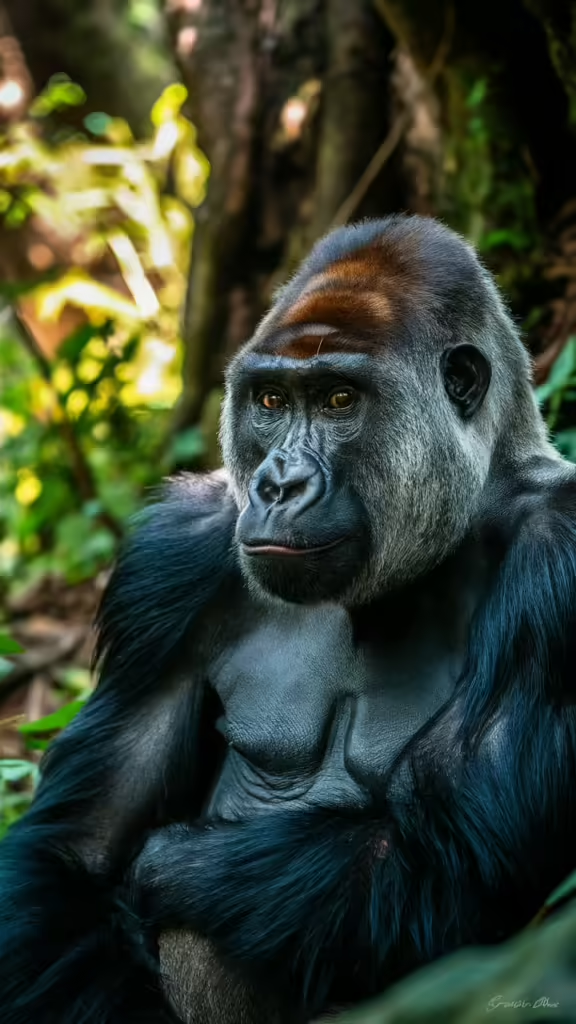
To capture the full range of a gorilla’s behavior, spend ample time observing them before taking photos. Understanding their routines and social dynamics can lead to more meaningful photographs.
Incorporating wide-angle shots can provide a broader view of the gorilla’s environment. This helps to convey the scale of their habitat and their place within it.

Using a polarizing filter can reduce glare and enhance the colors in your photos. This is particularly useful when shooting in bright sunlight or near water.
Focus on the eyes of the gorilla, as they are incredibly expressive and can convey a range of emotions. Sharp focus on the eyes can make your images more engaging and impactful.
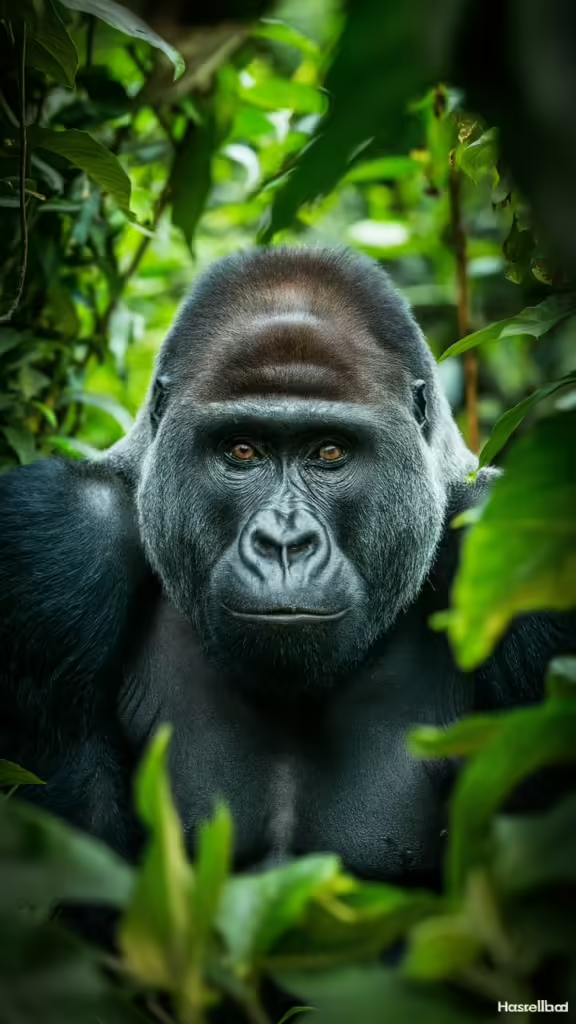
Respecting the gorillas’ space and maintaining a safe distance is crucial for ethical wildlife photography. This ensures the safety and well-being of both the photographer and the animals.
Natural behavior is best captured when the gorillas are unaware of your presence. Use camouflage or hide behind natural cover to blend into the environment.
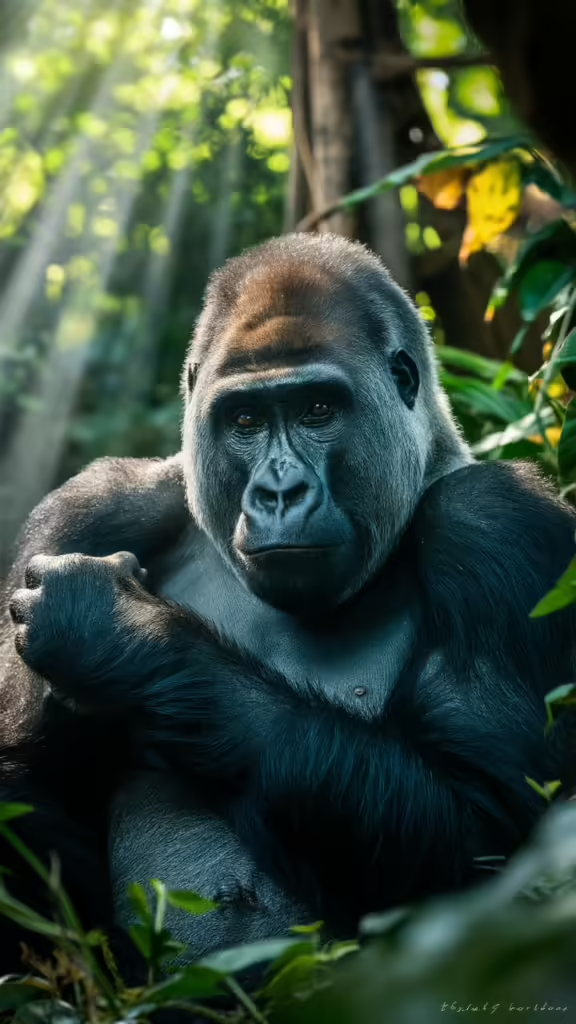
Using burst mode can help capture the dynamic movements of gorillas, especially during playful interactions. This mode allows you to select the best frame from a series of shots.
Experiment with different perspectives, such as shooting from above or below eye level. Unique angles can create more interesting and dramatic compositions.
